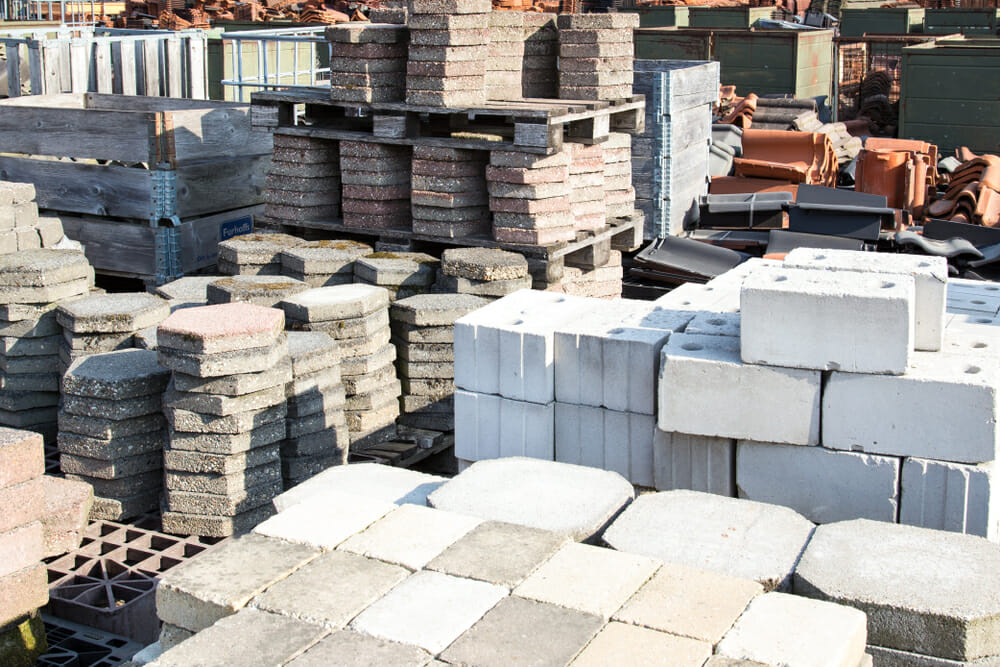When it comes to transforming a basement into a functional and aesthetically pleasing living space, one of the most critical decisions homeowners face is selecting the right ceiling. The ceiling not only impacts the overall look and feel of the basement but also plays a significant role in acoustics, insulation, and even moisture control. In this article, we will explore various ceiling options for finished basements, weighing their pros and cons to help you make an informed decision.
Understanding the Unique Challenges of Basement Ceilings
Basements often present unique challenges that differ from other areas of the home. These include lower ceiling heights, potential moisture issues, and the need for adequate insulation. Therefore, the best ceiling for a finished basement must address these challenges while enhancing the space's functionality and design.
- Drywall Ceilings: A Classic Choice
Pros:
- Aesthetics: Drywall ceilings offer a clean, seamless look that can elevate the overall design of your basement. They can be painted in any color, allowing for customization to match your decor.
- Acoustic Benefits: Drywall can help reduce noise transmission, making it ideal for a basement that may serve as a media room or guest suite.
Cons:
- Installation Complexity: Installing drywall ceilings can be labor-intensive and may require professional help, especially in low-ceiling areas.
- Moisture Sensitivity: Basements are prone to moisture, and drywall can be susceptible to mold and mildew if not properly treated or ventilated.
- Drop Ceilings: Versatile and Practical
Pros:
- Accessibility: Drop ceilings, or suspended ceilings, allow easy access to plumbing and electrical systems, making maintenance a breeze.
- Moisture Resistance: Many drop ceiling tiles are designed to resist moisture, making them suitable for basements prone to dampness.
Cons:
- Height Limitations: Drop ceilings can reduce the overall height of the basement, which may be a concern in already low-ceilinged spaces.
- Aesthetic Limitations: While there are stylish options available, drop ceilings may not provide the same high-end look as drywall.
- Exposed Beams: Industrial Chic
Pros:
- Unique Aesthetic: Exposed beams can create a rustic or industrial look that many homeowners find appealing. This style can add character and charm to an otherwise utilitarian space.
- Height Perception: Leaving the ceiling exposed can create the illusion of more height, making the basement feel more spacious.
Cons:
- Insulation and Acoustics: Exposed beams may not provide the same level of insulation or soundproofing as a finished ceiling.
- Dust Accumulation: An exposed ceiling can collect dust and cobwebs, requiring more frequent cleaning.
- Acoustic Tiles: Sound Control
Pros:
- Noise Reduction: Acoustic ceiling tiles are specifically designed to absorb sound, making them ideal for basements used as entertainment spaces or home theaters.
- Easy Installation: These tiles can be installed in a drop ceiling framework, allowing for straightforward installation and maintenance.
Cons:
- Limited Aesthetic Options: While functional, acoustic tiles may not offer the same design flexibility as drywall or other ceiling types.
- Durability Concerns: Some acoustic tiles may not be as durable as other materials, particularly in high-traffic areas.
- Vinyl or PVC Ceilings: Moisture Resistant
Pros:
- Water Resistance: Vinyl or PVC ceilings are highly resistant to moisture, making them an excellent choice for basements that experience humidity or occasional leaks.
- Easy Maintenance: These ceilings are easy to clean and maintain, requiring only occasional wiping down.
Cons:
- Aesthetic Limitations: While available in various styles, vinyl ceilings may not provide the same upscale look as drywall or exposed beams.
- Thermal Insulation: Vinyl does not provide the same level of thermal insulation as other materials, which may be a consideration in colder climates.
Conclusion: Making the Right Choice for Your Basement
Choosing the best ceiling for your finished basement ultimately depends on your specific needs, aesthetic preferences, and the unique characteristics of your space. Consider factors such as moisture levels, ceiling height, and the intended use of the basement when making your decision.


